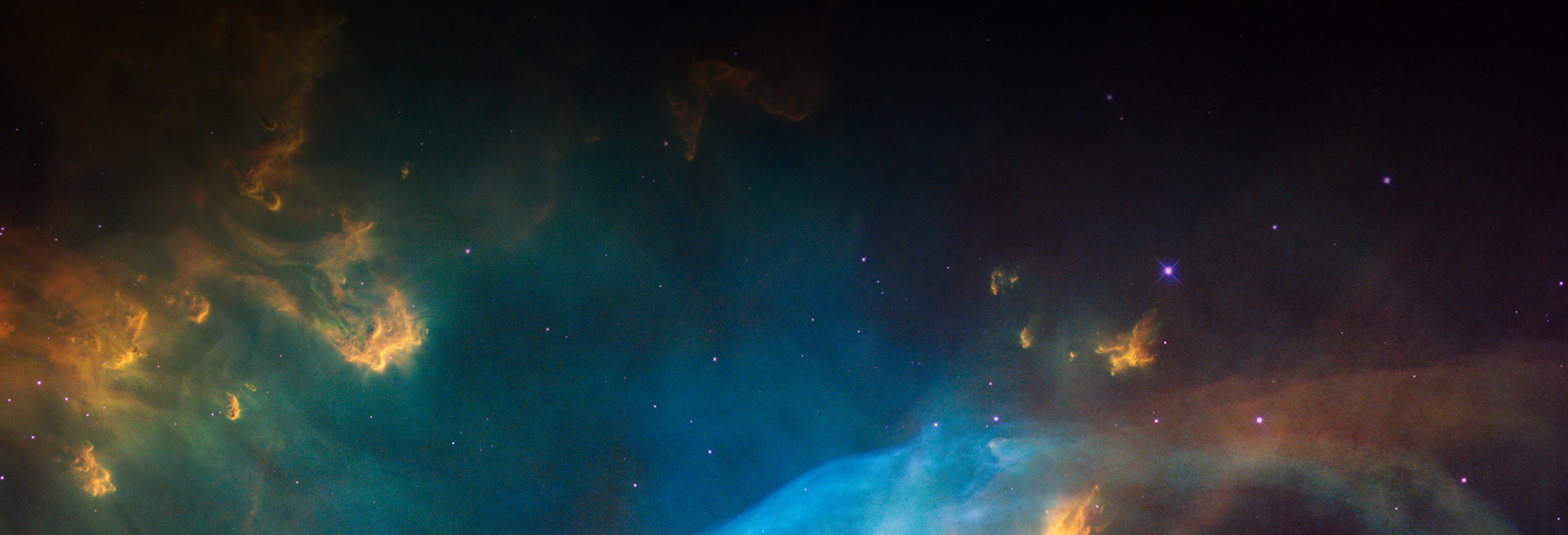Origin of lunar fragmental matrix breccias—Highly siderophile element constraints
Gleißner, Philipp, Becker, Harry(2019). Origin of lunar fragmental matrix breccias—Highly siderophile element constraints. Meteoritics & Planetary Science, 54(9), 2006-2026. https://doi.org/10.1111/maps.13363
Datasets
| number | title | Methods | variables analyzed | ||
|---|---|---|---|---|---|
| 1 | Highly siderophile element concentrations and osmium isotope ratios of Apollo 16 North Ray crater impact breccias | ICPMS, TIMS | Ir, Os187_Os188, Re187_Os188, Au, Ru, Pd, Rh, Os, Pt, Re | ||
Methods
| method name | laboratory | method comment | More details are available for the following variables | ||
|---|---|---|---|---|---|
| INDUCTIVELY COUPLED PLASMA MASS SPECTROMETRY | FREIE UNIVERSITAET BERLIN | Thermo-Electron Element XR | Re[TE], Os[TE], Ir[TE], Ru[TE], Pt[TE], Rh[TE], Pd[TE], Au[TE] | ||
| THERMAL IONIZATION MASS SPECTROMETRY | FREIE UNIVERSITAET BERLIN | Thermo-Finnigan Triton | Os187_Os188[IS] | ||


